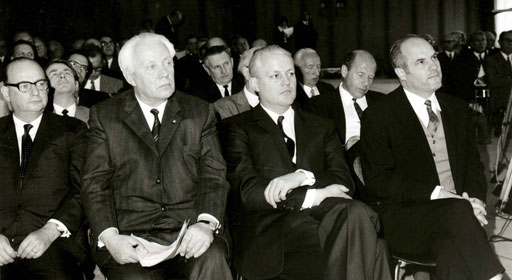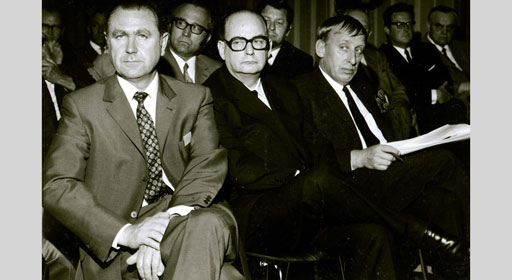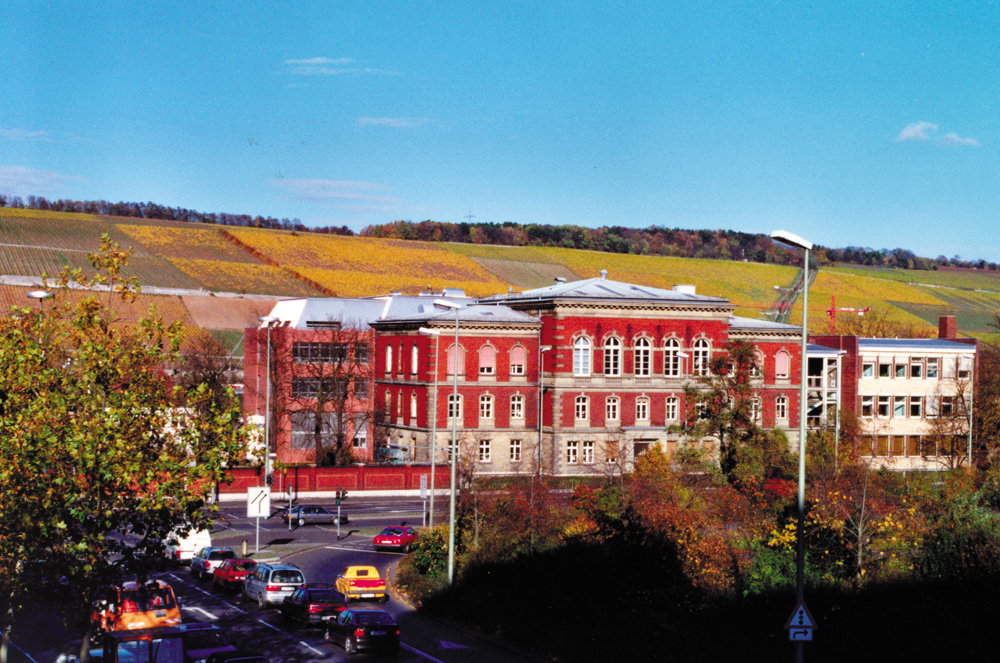Recommendations »Commission for the promotion of the expansion of the Fraunhofer-Gesellschaft«
The government commission to promote the expansion of the Fraunhofer-Gesellschaft presents its recommendations. The report includes a list of possible future Fraunhofer Institutes plus recommendes conceptional and organizational changes. Proposed measures includes a scheme to coordinate preliminary research activities, contract research and research projects, to balance regional distribution of the institutes, to create focal activities based on their geographical proximity, and to introduce results-oriented remuneration.
A joint committee consisting of representatives of the federal research ministry and the Fraunhofer-Gesellschaft is inaugurated, entrusted with the task of drawing up detailed plans for the expansion of the organization.



